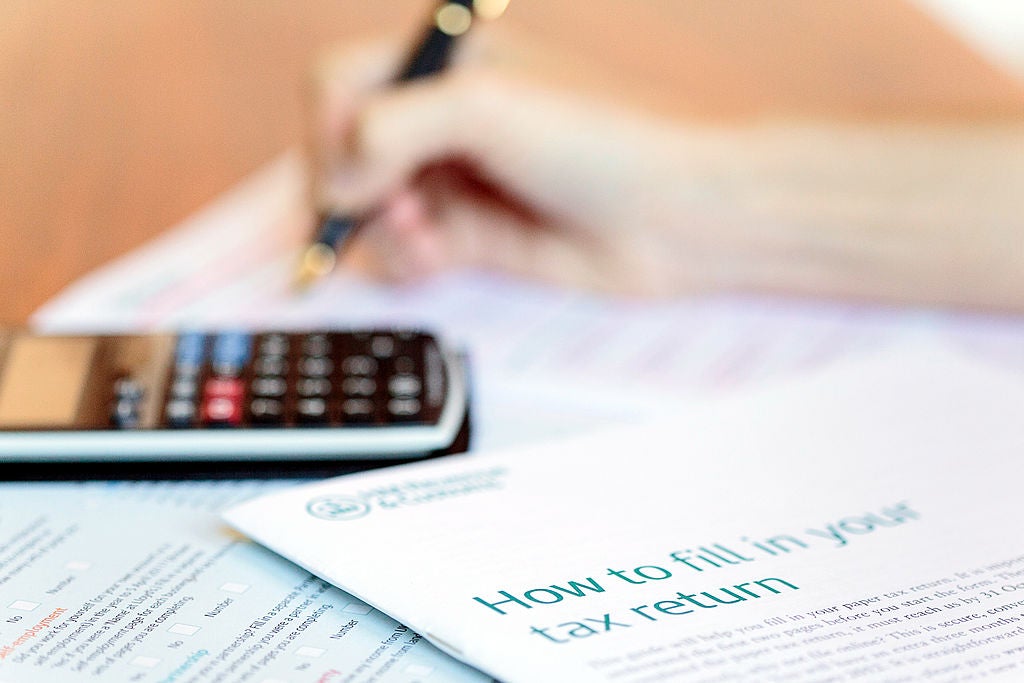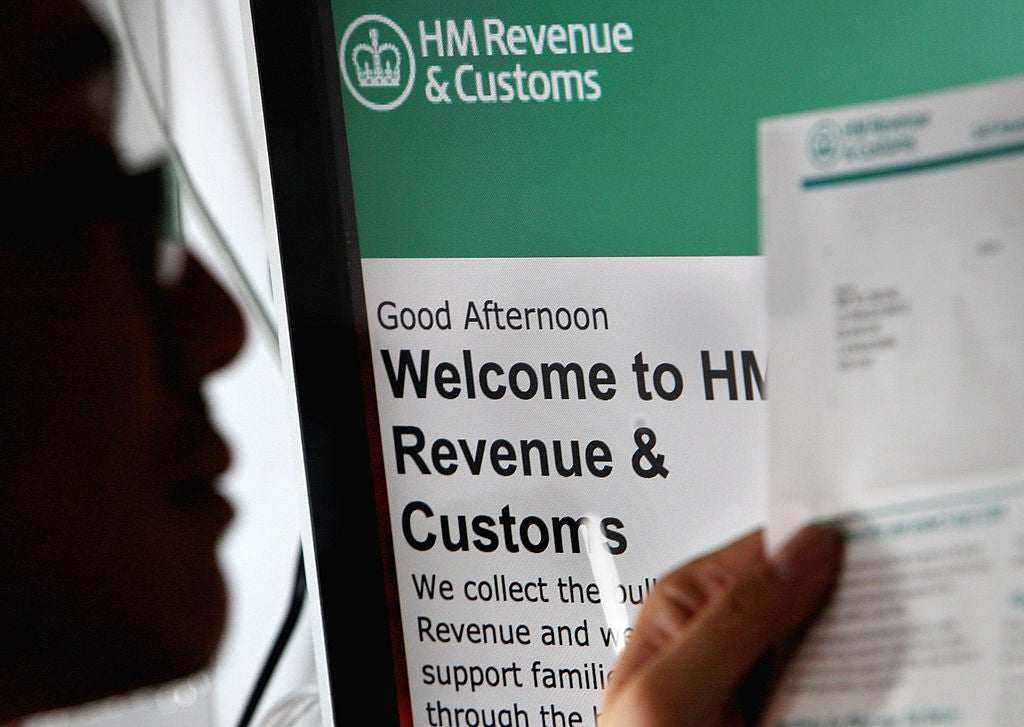The end of January is upon us and with it comes a deadline many must take action before: filing a self-assessment tax return.
It’s not always a job looked forward to, but it is an important one and needs doing in a timely fashion to avoid penalties, with returns needing to be completed and paid by 31 January.
For those who have completed them before, HR Revenue and Customs are probably already sending emails out serving as reminders, along with tips of how to properly prepare and fill in their returns; if this year is a first, however, it can feel a bit daunting wondering what lies ahead.
The important thing is to be prepared and not leave it until the last moment; if you have all the information to hand then a self assessment doesn’t need to be too difficult, though it can be time consuming depending on your individual circumstances.
Over 12 million people are thought to need to complete one this year, which includes self-employed people, anyone employed with earnings above £150,000 and those with a side hustle bringing in more than £1,000 a year. It can also include those who bring in money through rental properties, interest, dividend payments or a range of other situations, such as claiming child benefit after earning more than £50,000 in the financial year. If you’re still unsure if you need to file a self assessment tax return you can check here on the government website; if you already know you need to do one, this guide should help you through it.
It’s important to note you cannot simply rock up and register, then immediately complete your form, if this is your first time. The deadline for new applications to complete online tax returns was in October, though it is still possible to get in touch with HMRC to discuss options to pay an expected tax bill before the 31 January deadline. Similarly, if you have completed one before but have questions for this year, calling is always an option.
That said, the closer to the date it gets, the more difficult it notoriously is to get through on the phone lines.
Everything you need and where it goes
Those who have registered for a self assessment tax return are sent a unique tax reference number (UTR) by regular mail, which can take time, but that number is yours for the long haul and you need it each time you want to complete a tax return.
Along with your UTR and National Insurance number, you of course need your own financial statements, details of income and expenditure and, depending on your circumstances, perhaps a P60 form. This will show tax already paid on your salary, where appropriate.
The income you need to report is varied and not just limited to earnings from a job, second job or main income if you are a freelancer or self-employed.
In the main section of your return, the SA100, you’ll also be able to note any student loan repayments, pension contributions and income from dividends or savings interest.

Remember, everyone has an untaxed allowance of interest earnings, which diminishes according to how much they earn over certain thresholds.
For basic rate taxpayers, that means you get a £1,000 Personal Savings Allowance of interest which you pay no tax on; if you earn more than £1,000 of interest you are taxed on the extra at your basic rate. The interest can come not just from banks but also trust funds, company or government bonds and other places – the full list and details are here.
Self-employed earnings can be detailed in another section, SA103, which is for both earnings and expenditure. You are able to either provide a full breakdown of both or provide grand totals, but be sure to keep detailed records of each yourself and be aware of what counts as business expenses. Not everything can be expensed at 100 per cent of the amount you pay for it, either, though on the other hand you may see some things you didn’t initially realise you could claim anything at all for.
Also in the return are sections for reporting income from property, capital gains earned by selling assets and dividends.
For 2023/24 the dividend allowance is £1,000; if your income from them is under this you don’t need to report it. If your dividends are paid within an ISA, you never need to report it regardless of amounts, as this is a tax-free wrapper.
One additional note; you can save at different points along the way and come back to it another day if needed – though of course this is more tricky the longer you leave it and the closer to deadline day you are.

Completed returns and late filing
Once you’re finished inputting everything, you are shown your tax bill for the financial year and get a final chance to review before submitting. Once you have submitted it you will get a reference number – you can still change and re-submit if you forget something, but remember the deadline remains 31 January.
By then, it needs to be completed and the bill paid to HMRC. If it’s not paid, you receive an immediate £100 fine and then can be charged further for longer delays.
It’s best to get started sooner rather than later and make sure you have everything in hand!
When investing, your capital is at risk and you may get back less than invested. Past performance doesn’t guarantee future results.




